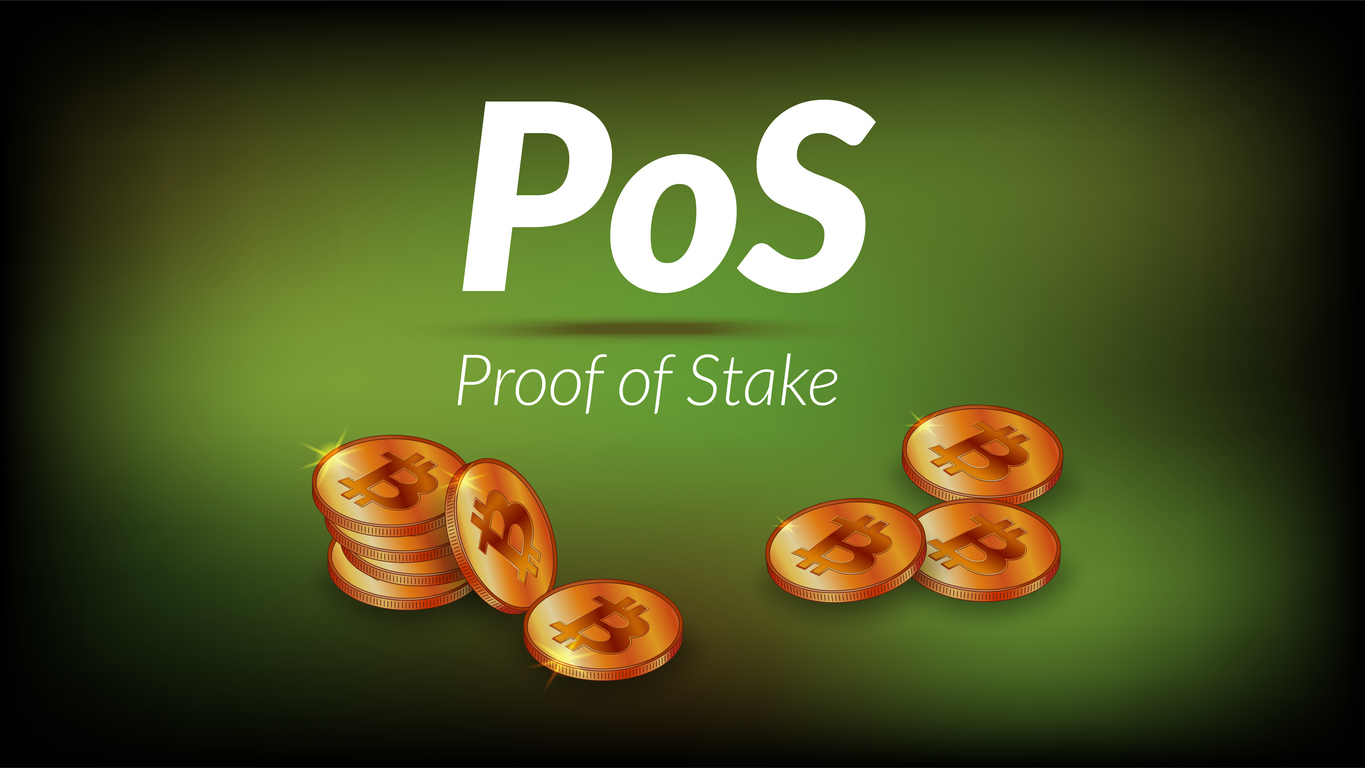



Cryptocurrency is a form of digital or virtual currency that relies on cryptography to ensure the security of transactions. Lacking a central regulating agency, this peer-to-peer system utilizes a decentralized method to issue new units and maintain transaction records. The units come from a process known as mining. Mining involves solving complex math problems to generate virtual coins that are recorded in a system called a blockchain. Cybersecurity is an ongoing concern that may be impacted by a mechanism called proof of stake.
A blockchain consists of linked data units called blocks distributed across a computer network. Each block includes information about a transaction, including total value, buyer and seller, date and time, and an identifying exchange code. Blockchain provides secure, decentralized transaction records for cryptocurrency platforms. However, it also has the potential to impact insurance management software and prevent fraud in several industries.
Blockchain technology for cryptocurrency uses two-factor authentication and complex codes with random transaction numbers, so it is safe but not immune to fraud. Some of the most frequent cybersecurity concerns involving cryptocurrency include the following:
Proof of stake originated in 2012 as an alternative to the proof of work algorithm that required solving cryptographic problems such as blockchain transaction verification. This consensus mechanism requires transaction validators to offer tokens as collateral in exchange for earning transaction fees. Proof of stake is intended to be an energy-efficient manner of mining cryptocurrency. This reduces the volume of computational work required for traditional blockchain transactions.
There are many ways that proof of stake impacts the security of cryptocurrency.
Proof of stake uses a randomization process to select validators to create new blocks and confirm transactions, contributing to the security level.
A cybersecurity threat under the traditional proof of work form of validation is known as a 51% attack, where an entity controls a majority of network miners and can alter the blockchain. With proof of stake, an individual or group would need to own 51% of staked crypto tokens, which is very expensive. If a 51% attack did occur, other network validators could vote to eliminate the edited blockchain and destroy the staked cryptocurrency of the offenders.
Proof of stake systems are vulnerable to collusion attacks where stakeholders communicate before voting on changes in consensus decisions. Bribery is also a threat, as stakeholders seek financial gain through dividend payments.
Proof of stake claims to offer additional cybersecurity features that are not publicized, so criminals do not know where to start looking for loopholes.
Say goodbye to outdated systems and begin looking at a solution that will provide what you need to increase productivity, decrease costs in the long run, deliver frictionless transactions, and remain competitive in today’s environment. For more information about VRC’s Verity software and to book a demo, click here or contact us at 541-209-0700.